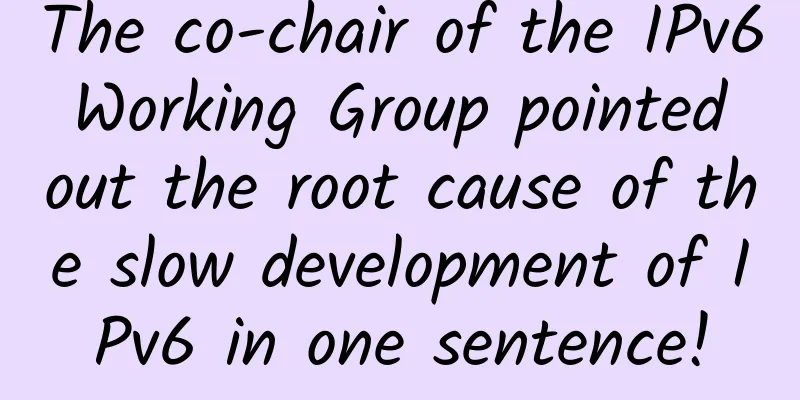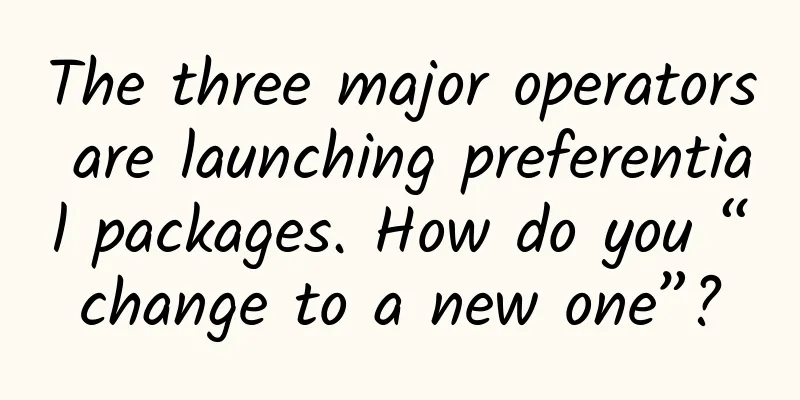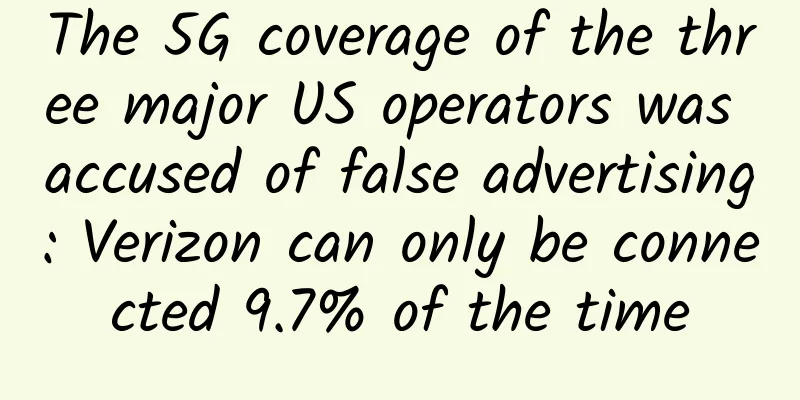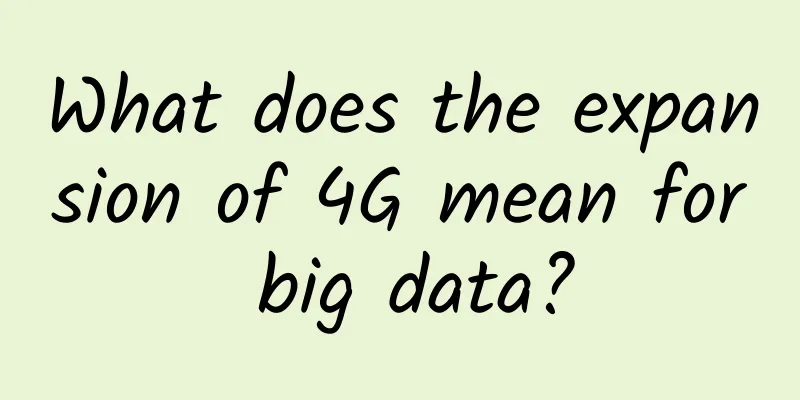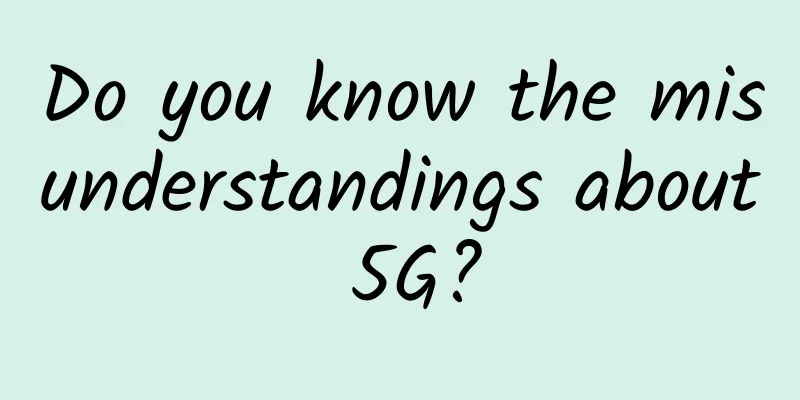What is the Internet? — Talking about the development of the Internet
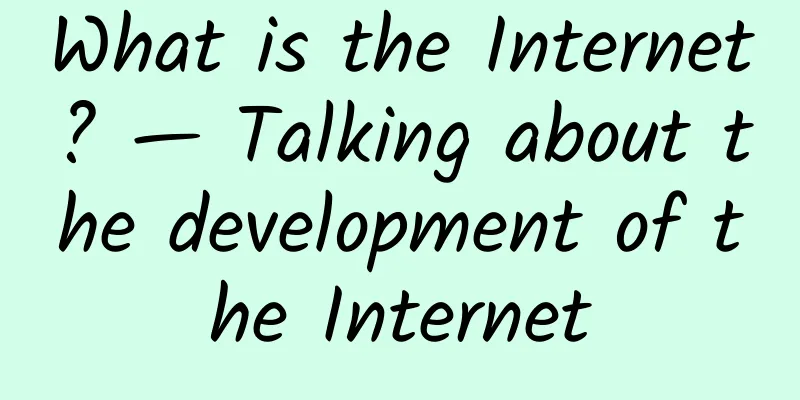
|
A brief discussion on the Internet of Things (I): Origin “Internet of Things? What, you mean the Internet?” The Internet of Things is definitely one of the hottest terms in recent years, but people often only know its name and have no idea what it is, and often confuse it with the "Internet" which sounds very similar. What exactly is the Internet of Things, and how is it different from the Internet? When you hear the word "Internet", you may feel both strange and familiar. In fact, it has another name that is familiar to the public - the Internet. Internet = Internet Yes, the Internet is the Internet. There are also various other translated names such as "Internet", "Internet", etc., but they all refer to the same thing: the Internet.
Internet of Things The English name of “Internet of Things” is Internet of Things, which literally means “Internet of Things”, and the concept is to connect everything to the Internet. The "Internet of Things" and the "Internet" are different, but they are closely related. How did the Internet begin, and how did it develop into the Internet of Things? Let's go back to the 1960s, in the United States. At that time, "network" already existed. Several computers could be linked to form a network. Within this network, computers could communicate with each other and exchange information. However, different networks were like regions speaking different languages and could not communicate with each other. The Defense Advanced Research Projects Agency, or ARPA, was a super-rich research unit in those days. It developed a network: ARPAnet, which was initially made up of four West Coast nodes: UCLA, Stanford Research Institute (SRI), UC Santa Barbara (UCSB), and UTAH. ARPAnet was the first network to use packet switching (the technology used in today's networks). Of course, looking back now, ARPAnet was extremely primitive and very slow, but it already had the basic form and functions of today's networks. In 1974, the TCP/IP protocol ("protocol" simply means "communication method") was invented, replacing the protocol originally used by ARPAnet. The two core protocols of TCP/IP are TCP and IP. We can ignore the former for now, but the latter is probably more common. We often refer to "IP (Internet Protocol)" as IP address, but what is an IP address? An IP address is like the longitude and latitude of the earth, an absolute location; and the URLs we see are like addresses (e.g., No. X, Zizhu Bridge, Haidian District, Beijing). The address may change or disappear due to factors such as road replanning, but the longitude and latitude of the same location always point to the same point. The most common IP format is IPv4, which consists of four numbers from 0 to 255, such as: 101.200.131.216 The URL we are used to is like this: www.iothome.com If you paste "101.200.131.216" into your browser's URL bar and press Enter, you will find yourself at the IoT Home page, which is the same as the result of typing "www.iothome..com". On the Internet, each computer is assigned an IP address in order to exchange data. Here comes the problem: "composed of four numbers from 0 to 255" means that the maximum number of IP addresses is 256 × 256 × 256 × 256 = 4,294,967,296. In the past, when there were only about 3 or 4 billion people on Earth and many people shared one computer, 4.2 billion IP addresses were enough. But now the population is 6 or 7 billion, and many people have more than one computer... IPv6 came into being. The biggest change from IPv4 to IPv6 is the length of the address, which goes from 2 to the power of 32 to 2 to the power of 128. What is two to the power of one hundred and twenty-eight? So many: 340,282,366,920,938,000,000,000,000,000,000,000,000,000 I don't know how to read it, but here, how to express this string of numbers in Chinese is not important. What is important is that this super long string of numbers represents that IPv6 can provide very, very, very many IP addresses, so many that even if we give IPs to all the TVs, watches, backpacks, shoes, etc. around us, we still can't use them all. In this case, let's give IPs to all these things around us, and then connect them all to the Internet! In this way, our TVs, watches, backpacks, shoes, etc. can communicate with each other and other devices on the Internet! This was the beginning of the Internet of Things. |
<<: The Internet of Things is not new, but why is it important?
>>: Five IoT business models that will make you profitable
Recommend
Zhao Huiling: Open innovation ecosystem promotes the development of network technology
At the theme forum "Future Network Technolog...
How powerful is 5G?
The reporter learned from the interview that my c...
The road to communication - what do bridges, gateways, switches, and routers mean?
In network communications, there are several very...
What is the difference between HTTP and RPC?
HTTP (Hyper Text Transfer Protocol), also known a...
Summary information: Wuyou Cloud/Cool Cloud/Lanyun/Tiansheng Cloud/Candy Host/Cool Cloud
All merchants are actively carrying out Double El...
SDA's full-view and in-depth operation and maintenance strategy accelerates the improvement of customer operation and maintenance capabilities
Under the wave of digital transformation, enterpr...
CMIVPS Seattle VPS (AS4837) simple test
We have previously shared information about CMIVP...
Riding the sail of open source, taking advantage of the official certification exam, stand out in the NGINX field
[Original article from 51CTO.com] Since the offic...
HostKvm: Hong Kong CTG bandwidth/traffic upgrade 20% off $7.6/month-2G memory/40G hard disk/30M bandwidth
HostKvm has upgraded the bandwidth and traffic of...
The principle of Ethernet data transmission is like this, it is worth collecting
First, let's review the basic concept of rout...
How to tell if Wi-Fi 6 is right for you
There is a lot of discussion around the next gene...
Wi-Fi 7: The Next Generation of Wi-Fi Evolution
Although Wi-Fi 6 has just been launched, Wi-Fi 7 ...
Three major operators: New York Stock Exchange maintains delisting decision
On the evening of May 7, the three major operator...
WOT Zhang Fuxing: Evolution of Zhihu container platform and its integration with big data
[51CTO.com original article] On May 18-19, 2018, ...
Top 9 bandwidth monitoring tools for enterprise networks
【51CTO.com Quick Translation】Bandwidth usage is o...
